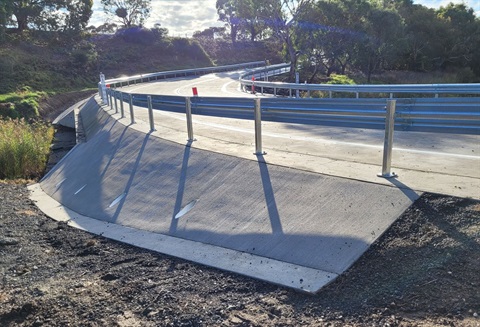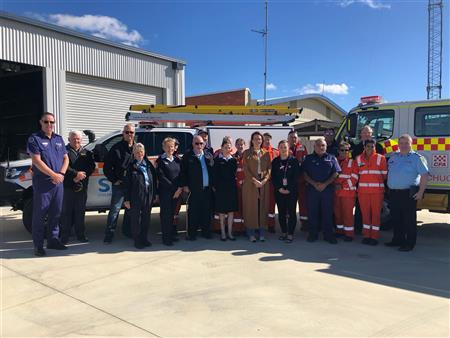The Department for Health and Wellbeing has published the 2019 analysis of Port Pirie children’s blood lead levels, which shows deterioration in children’s blood lead levels across five of the seven indicators.
The Director of Scientific Services, Dr David Simon, said although there was lower than average airborne lead emissions in 2019, the results are not unexpected.
“Although children absorb lead very rapidly, the process of lead excretion from the body is slow, so the fall in average lead-in-air levels does not immediately improve the population’s blood lead levels,” Dr Simon said.
“This report provides detailed analyses of the blood lead levels of Port Pirie children aged up to five years of age, as well as pregnant women.
“In 2019, the average blood lead level of the children tested was 5.4 micrograms per decilitre (µg/dL), which is a 0.9 µg/dL increase on the previous year.
“Average results for two-year-old children tested are considered to be a robust indicator of trends in lead exposure for the whole population, and they increased from 5.8 µg/dL in 2018 to 7.2 µg/dL in 2019.
“Case workers are working closely with families and caregivers of children in Port Pirie with high blood lead levels to ensure each child’s living environment is as dust-free as possible.”
Last year’s higher average blood lead levels are likely attributed to ongoing exposure of children to lead in the community after an extended period of high lead emissions between 2016 and 2018, and dry, dusty weather conditions continuing in Port Pirie.
“Higher emissions in previous years have coated the city with fine powdered lead dust, and last year was the driest year on record, with continuing windy weather patterns redistributing dust over the community,” Dr Simon said.
“This has presented a challenge for people managing dust in the environment, and coupled with how lead is metabolised in the body, it will take some time before we will see an improvement in blood lead levels from lower emissions.”
In partnership with the Targeted Lead Abatement Program (TLAP), all children with elevated blood lead levels are offered tailored interventions; however, given the known effect of lead on children’s developing brains, preventing exposure in the first place is the primary objective.
“Individually tailored intervention measures offered to families can include professional house cleaning, covering contaminated yard soil, assistance with access to healthy food and childcare to ensure each child’s lead exposure is reduced,” Dr Simon said.
The Department for Health and Wellbeing provides voluntary blood lead screening through TLAP, which has been delivered by the Port Pirie Environmental Health Centre (EHC) since 1984.
The blood lead levels are measured against the National Health and Medical Research Council (NHMRC), which advises blood lead levels above 10 μg/dL can have harmful effects on a number of body functions and organs in both adults and children, and that lead sources should be investigated then prevented or reduced at the exposure investigation level of 5 μg/dL.
In 2019, 43.2 per cent of the tested children had blood lead levels below 5ug/dL.
In January 2019, laboratory testing was changed from Nyrstar Analytical Services to SA Pathology to utilise the most up-to-date testing technology and allow for a higher degree of precision.
The advanced analytical methods will have contributed in part to the upward trend in 2019 in aggregated lead indicators, noting this trend was evident before the laboratories were changed.
The impact of this change is being monitored closely and ongoing efforts to reduce lead exposure within the community is the highest priority.
The full report can be viewed at www.sahealth.sa.gov.au.








